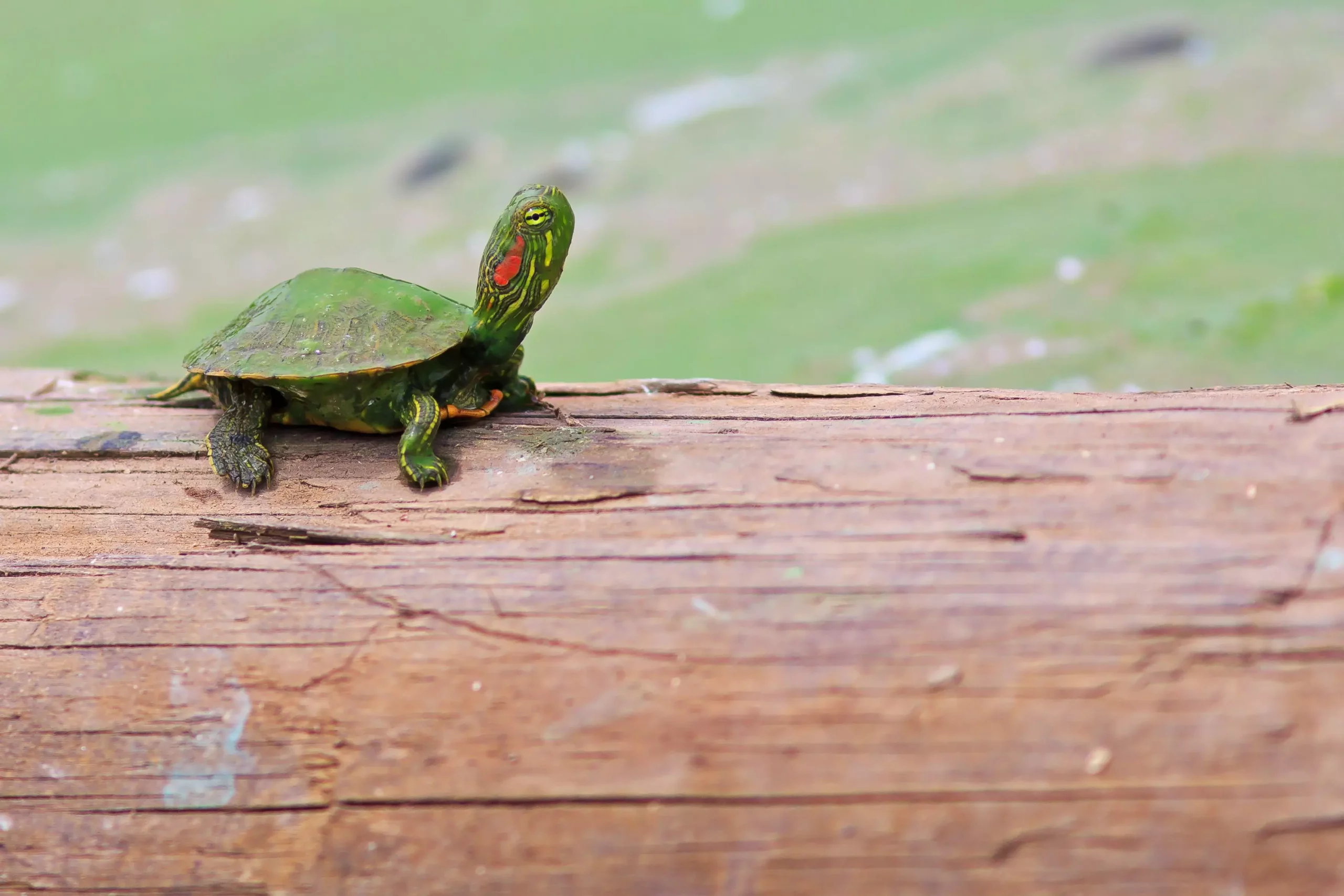Red-eared slider turtles, a beloved choice among pet enthusiasts, possess an undeniable allure with their vibrant markings and engaging personalities. While they undoubtedly bring joy to many households, potential pet owners should carefully consider the responsibilities and challenges associated with their care. This article delves into the essential aspects of keeping red-eared sliders, ensuring that informed decisions lead to rewarding experiences for both turtles and their owners.
Originating from North America, red-eared sliders are characterized by their striking yellow and green shells, complemented by vivid red patches behind their eyes. Typically growing to about 12 inches in length, these turtles can live anywhere from 20 to 30 years, making them a long-term commitment. Unlike some species that are shy and elusive, captive-bred red-eared sliders tend to exhibit more social behaviors. They are often more inclined to interact with humans, swimming towards them for attention, unlike their wild counterparts who instinctively retreat into their shells when threatened.
However, the appealing exterior of these turtles belies the extensive care they require. As poikilothermic reptiles, they depend entirely on their environment to regulate their body temperature. Pet owners must create a habitat that mimics their natural conditions, including providing adequate heat and UV light to facilitate essential bodily functions.
To ensure the well-being of a red-eared slider, a proper habitat is vital. Contrary to the misconception that a small plastic container suffices, these turtles require spacious aquatic environments to thrive. A minimum tank size of 10 gallons is recommended, but larger is always better. Given their rapid growth rates, many owners eventually upgrade to 20 gallons or larger, necessitating a larger investment in space and equipment.
A well-constructed habitat also includes features that support both swimming and basking. Providing a basking area with a ramp for easy access is crucial, as it allows turtles to absorb heat and UV rays, vital for their health. A temperature gradient should be maintained, with water temperatures between 75 and 80 degrees Fahrenheit and basking spots between 85 and 95 degrees Fahrenheit. The installation of reliable heating lamps and submersible filters is essential for maintaining water quality and temperature.
The dietary needs of red-eared sliders reflect their omnivorous nature. Offering a varied diet that includes animal proteins, leafy greens, and commercially available turtle food is essential for optimal nutrition. Many turtle owners find success feeding their pets in a separate container of water, which can aid in keeping the main habitat clean. Monitoring and regulating the feeding schedule is important for preventing obesity, which can lead to other health complications if left unchecked.
While these turtles can be friendly and curious, hygiene should be a priority for their owners. Red-eared sliders, like many reptiles, can carry pathogens like salmonella, emphasizing the importance of proper hygiene practices. Frequent handwashing after handling turtles or cleaning their habitats is vital to minimizing health risks to both the pet and the owner.
Being attentive to health issues is paramount for keeping red-eared sliders. Symptoms such as poor appetite, unusual feces, respiratory problems, and issues with the shell can indicate underlying conditions that need immediate attention. Regular health check-ups with a qualified veterinarian are recommended, particularly if there are signs of distress or illness.
Behaviorally, red-eared sliders tend to thrive in environments where they feel secure. While they can be friendly with regular interaction, owners should respect their turtles’ personal space to minimize stress. Handling should be approached with care, utilizing slow and gentle movements to foster positive experiences.
When considering the addition of a red-eared slider to your family, it’s crucial to choose a healthy specimen from a reputable source. Assess potential turtles in pet stores, breeders, or rescue organizations, looking for clear signs of well-being, such as activity level and clear eyes. Prices typically range around $20 in pet shops, but acquiring from respectable breeders or rescue groups may yield healthier and better-adjusted animals.
Red-eared slider turtles can make delightful companions. However, they also require significant dedication regarding their habitat, diet, health care, and interaction. By understanding the complexities involved in their care, prospective pet owners can make informed choices, ultimately leading to rewarding and enriching experiences with these charming reptiles.


Leave a Reply